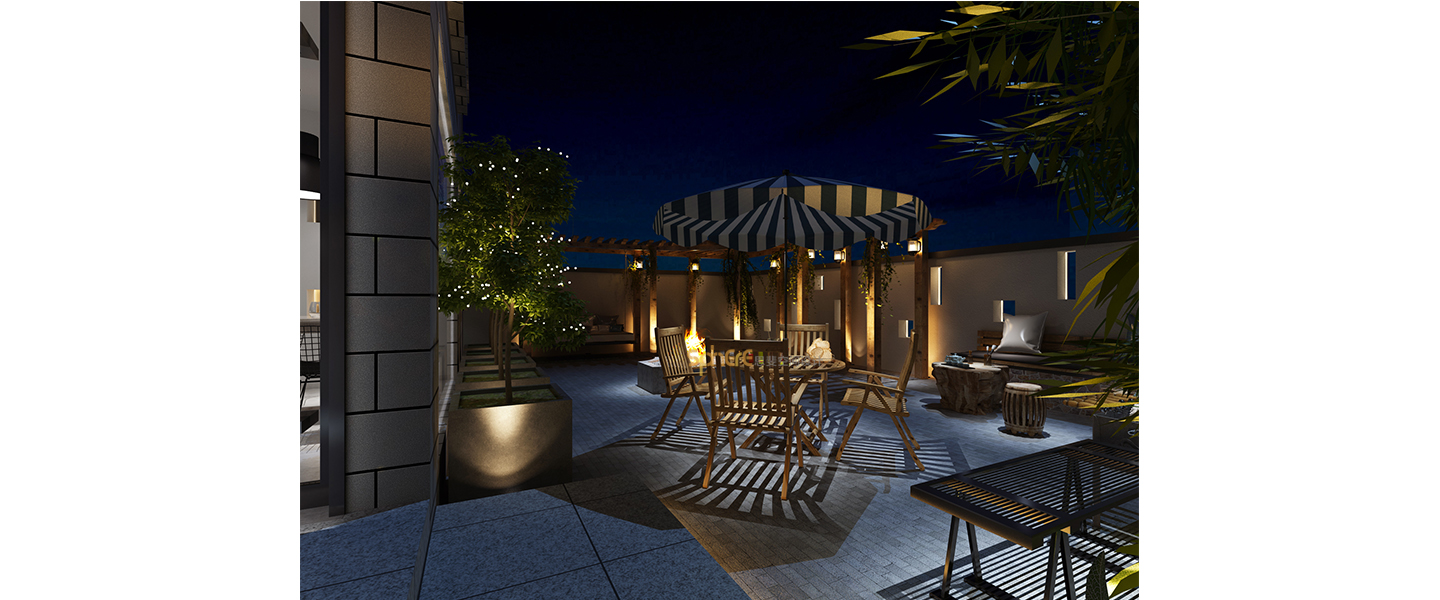Tokyo Station Yaesu Redevelopment JAHN
2015-11-11 20:00
Text description provided by the architects. THE STATION
东京站是东京的主要火车站,可容纳高速铁路和区域通勤列车.车站的轨道和乘客站台都是高架的,行人可以从西(丸内)或从东方(亚苏)进入车站,经过地面零售,然后驶上离站的列车。西门面对城市的商业区,是车站的历史性入口。与此形成鲜明对比的是,东部入口不发达,2002年,Jahn赢得了一项邀请设计竞赛,重新开发了一座新的站前和侧翼办公大楼的叶城入口。
Tokyo Station is the city’s main train station, accommodating both high-speed rail and regional commuter trains. The station’s tracks and passenger platforms are elevated so that pedestrians can enter the station either from the west (Marunouchi) or from the east (Yaesu), pass by ground level retail, and proceed up to their departing trains. The west entrance faces the city’s business district and is the historic entrance to the station. By contrast the east entrance was underdeveloped, and in 2002 JAHN won an invited design competition to redevelop the Yaesu entrance with a new station front and flanking office towers.
这两座写字楼在车站入口处架设了一个坚固的城市大门,以车站入口处为重点,从叶城通往丸内。全玻璃塔采用完全透明的“气流面”,它使用一个15厘米深的外墙腔来捕捉和释放太阳的冲击,然后穿透建筑物的皮肤,用透明玻璃制造出高能效的塔楼,充满自然光。晚上,这两座塔从内部被照亮,成为城市景观中东京站的照明信标。
The two office towers frame the station entrance and establish a strong urban gate leading from Yaesu to Marunouchi, with the station entrance as its focal point. The all glass towers employ a fully transparent “airflow façade” that uses a 15 cm deep façade cavity to capture and vent the solar impact before it penetrates the building skin, creating highly energy efficient towers with clear glass, flooded with natural light. At night, the two towers are illuminated from within, becoming lit beacons that mark Tokyo Station in the cityscape.
东京站雅祖重新开发的檐篷为该站创造了一个新的形象。
The Canopy at the Tokyo Station Yaesu Redevelopment creates a new image for the station.
对许多游客来说,这是这个城市的第一次也是最后一次印象。在与旧车站形成对比的同时,它也定义和区分了亚瑟区和西面的丸内区。耐久性和低维护是固有的技术,简单的设计被定义为两个移动的塔之间的直线。234米长的檐篷被设想为一个大的扁平纺织面板,固定在轨道边缘的直线上,支撑在18米间隔的不同高度和角度的钢框架上。高度和角度的变化使冠层具有简单而独特的轮廓。纺织面板被悬挂在钢框架上,使盖层表面成为一个连续的发光平面。这种结构可以通过纺织表面看到,看上去就像叶子上的叶脉,而树冠下的结构则提供了与两座办公楼、车站和零售的高层连接。
For many visitors, it is the first and last impression of the city. While standing in contrast to the old station, it defines and distinguishes the Yaesu District from the Marunouchi District to the west. Durability and low-maintenance are inherent in the Canopy’s technology; the simple design is defined as a straight line between two shifted towers. The 234-meter long Canopy is conceived as a large flat textile panel fixed in a straight line at the track edge and supported on steel frames of varying heights and angles spaced at 18-meter intervals. The variation in height and angle gives the Canopy its simple yet distinctive profile. The textile panel is suspended from the steel framework allowing the surface of the Canopy to be a continuous luminous plane. The structure can be seen through the textile surface and is read like the veins of a leaf, while structures under the canopy provide an upper level connection to the two office towers, station, and retail.
 举报
举报
别默默的看了,快登录帮我评论一下吧!:)
注册
登录
更多评论
相关文章
-

描边风设计中,最容易犯的8种问题分析
2018年走过了四分之一,LOGO设计趋势也清晰了LOGO设计
-

描边风设计中,最容易犯的8种问题分析
2018年走过了四分之一,LOGO设计趋势也清晰了LOGO设计
-

描边风设计中,最容易犯的8种问题分析
2018年走过了四分之一,LOGO设计趋势也清晰了LOGO设计






























































